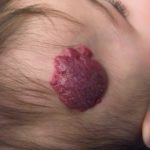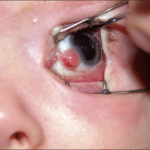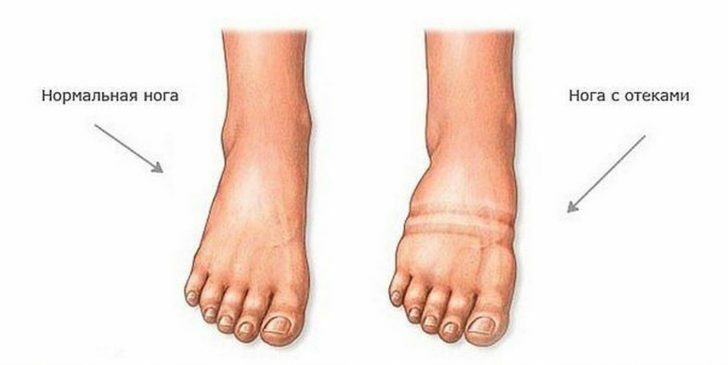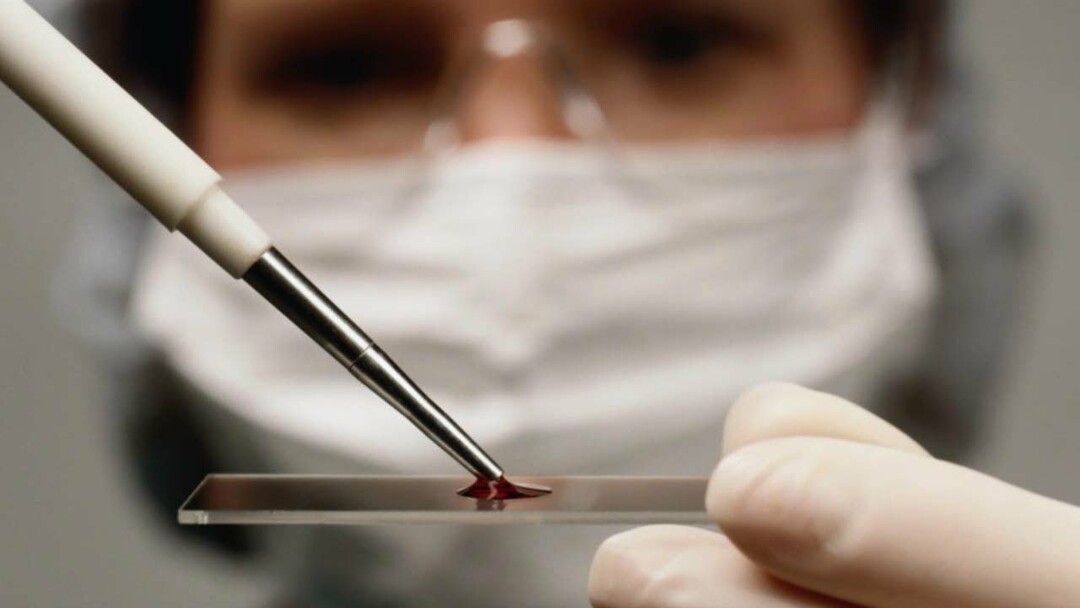Angioma: what is it, symptoms (photo), causes, treatment
Content
- What is angioma?
- Classification
- Causes
- Symptoms and complications
- Diagnostics
- Treatment
- Laser therapy
- Cryotherapy
- Other therapy options
- Forecast
- Prevention and recommendations
What is angioma?
Angioma is a benign tumor that develops in blood vessels (arteries, capillaries, or veins) or lymphatic blood vessels.
In fact, these are malformations of blood vessels that increase due to a defect in the development of certain cells during maturation.
What cells are we talking about:
- cells that line the inside of blood vessels (endothelium);
- cells that line the outer part of blood vessels (epithelium);
- cells present in tissues close to the vessels themselves.
The pathology can occur at birth (congenital angioma) or later (acquired angioma).
The skin is most susceptible to angioma and therefore it appears clearly on the surface of the skin.
Other possible locations for internal organs:
- liver;
- spleen;
- bones;
- brain;
- eyes;
- ears.
Angioma is a benign tumor, and when it is removed, the causes are usually aesthetic.
Classification






Angiomas are a very diverse group benign lesions that differ in appearance and origin, but are difficult to classify.
Depending on the appearance, the following types of angioma are distinguished:
- Flat angioma:
- a spot of varying color from pale pink to dark red (see. photo above),
- usually small, from a few millimeters to several centimeters,
- usually visible on the face, neck, arms, or legs,
- present at birth, it does not disappear in adulthood, rather it tends to grow in parallel with the development of the child and can become darker and thicker over the years,
- if the face is affected, it may be associated with vascular malformations of the meninges and / or eyes (in about 10% of cases).
- Tuberous angioma:
- the spot is embossed, dark red, slightly flowing into blue,
- can affect both skin and mucous membranes,
- often affects the head
- present at birth, but tends to disappear in the first years of life, around the age of 5-7 years.
- Cavernous angioma:
- a flesh-colored bulge (if covered with skin) or bluish-red
- usually occurs on the head or neck, but can also affect internal organs (liver, eyes),
- present from birth and tends to disappear more slowly than tuberous angioma, but almost never completely,
- generally has a favorable picture, but sometimes it can open and bleed.
- Ruby angioma (cherry angioma):
- bright red spots (see. photo above),
- small, a few millimeters and numerous,
- more common on the chest, abdomen, arms and legs,
- often in adults over 40 and in the elderly,
- it is a purely aesthetic problem.
- Stellate angioma (arachnid nevus):
- is a small expansion of the arteriole, from which the smaller and more convoluted branches of the blood branch off (the so-called telangiectasias),
- has a red color, but if you press in the center it can fade,
- typical for children and youth,
- often visible on the face and upper body,
- may disappear spontaneously and usually has a problem that is purely aesthetic,
- can be numerous in people with liver disease (cirrhosis) or during pregnancy.
Read also:Thalassemia
By origin, tumors are divided into:
- Hemangiomaif it comes from blood vessels;
- Lymphangiomaif it comes from the lymphatic vessels;
- Telangiectasiaif it comes from subcutaneous arterioles and capillaries;
- Glomangiomaif it comes from smooth muscle cells (often visible under the nails of the fingers and toes, it is painful and therefore must be surgically removed).
Causes
To date, in most cases, the causes of the development of angioma remain unknown.
Possible risk factors include:
- heredity or the presence of one or more first-degree relatives with angiomas predisposes to the risk of developing one type of angioma;
- hormonal changes, this may explain the possible appearance of angioma during pregnancy or after using birth control pills;
- liver disease such as cirrhosis or alcoholic liver disease;
- smoking;
- excessive exposure to the sun and / or tanning lamps.
However, for some types of angiomas, scientists have been able to better figure out the origin, for example:
- Bacillary angiomatosis:
- typical of HIV-positive patients, it is caused by bacteria of the genus Bartonella, transmitted by cats or lice;
- it has large or raised spots (papules, nodules) of dark red color, variable in size, usually numerous and can ulcerate and bleed;
- possible damage to internal organs (liver, spleen, lymph nodes, bones, lungs, intestines, and less often the brain);
- do not regress spontaneously, antibiotic treatment is required.
- Osler-Weber-Randu disease (a rare genetic disorder characterized by malformations of autosomal dominant hereditary blood vessels); meet:
- punctate or star-shaped angiomas, dark red-purple (telangiectasias);
- found on the face, lips, tongue, nose, fingertips, ears;
- fragile, often bleeding, which requires medical attention;
- possible damage to internal organs (lungs, intestines, liver, spleen, brain, urinary tract).
Symptoms and complications

Angiomas are usually simply skin blemishes that cause no symptoms or complications.
A slight sensation of discomfort can be found when the angioma is particularly large and / or localized in certain areas of the body that are more prone to friction, such as:
- language;
- lips;
- eyelids (in this case, there may also be visual impairment);
- anus;
- genitals.
Sometimes a cutaneous angioma can bleed from accidental injury.
Often children and infants suffer from angioma: it is obviously a very reasonable idea to contact a dermatologist for a specific diagnosis, but in the case of angioma it is confirmed benign nature of the lesion and it can spontaneously disappear after a few years or during puberty, without the need for the intervention of a doctor specializing in specific therapy.
Read also:Sideroblastic anemia
Even angiomas that do not regress over time may not require any medical intervention, especially if they are small or located in areas that are not very visible, for example, so as not to cause special psychological problems. Angiomas do not actually cause any distress and do not become malignant and therefore pathological shape.
If the angioma develops in an internal organ, it is possible that symptoms from the affected organs may occur, but these are usually mild manifestations that are also easily controlled by adequate medical help.
Among angiomas, special attention should be paid to cerebral; in these cases, there are:
- headache;
- and / or convulsions.
Sometimes, a brain angioma can rupture, causing:
- bleeding;
- and / or hematoma.
Serious neurological consequences can only occur if the site in which the deformity is found affects a critical area of the brain (i.e., affects important functions responsible for normal daily activities), and rupture of an angioma in a non-critical area of the brain, on the other hand, does not cause any permanent neurological violations.
Diagnostics
Diagnosis is simple and is based on close medical supervision of the tumor.
However, in angiomas involving internal organs, the diagnosis is usually accidental: angiomas are discovered by chance (since they are usually asymptomatic), as a result of medical examination of other diseases, through such methods research:
- ultrasound procedure;
- computed tomography (CT);
- magnetic resonance imaging (MRI).
Treatment
In the case of angioma, what prompts the patient to see a doctor is usually a purely aesthetic problem.
Often located on the face or in uncovered and visible areas of the body, angiomas inevitably cause severe social anxiety in people who often feel disfigured. It may be helpful to consult with a psychologist as well as a specialist doctor (dermatologist or surgeon) who will determine what treatment to follow if signs are present.
Note, however, that the treatment and elimination of angiomas never exclude the possibility of new angiomas, especially in the presence of a family predisposition.
Laser therapy
Excellent results can be obtained with the latest generation of laser treatments. These are highly selective treatments that treat angiomas without damaging the surrounding healthy skin.
The choice of the laser to be used is made by the doctor depending on the type of angioma to be treated.
- Dye laser: This is a selective laser for red, so it can only be used on skin defects of that color. Therefore, it is used for flat, star-shaped or ruby angiomas.
- Nd: YAG laser: used to treat capillaries (telangiectasias) of the face and / or legs, both red and blue.
Read also:Hemophilia
Laser therapy:
- it is a safe treatment, angiomas will gradually discolor, without the appearance of spots and scars;
- usually does not cause pain, minor discomfort may be felt due to the effect of the heat of the laser beam on the skin;
- lasts several minutes and does not require hospitalization;
- can include one session or, more often, 2-3 sessions with a time interval.
It is recommended to avoid exposure to sunlight and / or tanning salons even for several weeks before starting treatment,
after the session it is necessary:
- Apply an antibiotic and / or anti-inflammatory ointment to the treated skin, which may appear slightly reddened;
- use over 50 sunscreens;
- avoid medications that make your skin sensitive to sunlight.
Cryotherapy
Cryotherapy - cold treatment; physiotherapy procedure. Typically liquid nitrogen is used, a gaseous substance that can reach 196 degrees below zero! Liquid nitrogen can be applied to the skin where angioma is present using an aerosol can or special probes. After the completion of the procedure, affected areas may appear:
- redness;
- swelling;
- the presence of bubbles.
Local drug therapy with ointments is useful, contributing to the disappearance of these side effects in a short time.
It is also good to use a 50+ sunscreen in this case.
This method is not recommended for children under 6 years of age or if the patient is suffering from Raynaud's disease, hypersensitivity to cold or arteriopathy.
Other therapy options
Finally, we recall the existence of more complex techniques, indicated only in special cases:
- Radiotherapy: with plates containing radioactive substances (called isotopes) placed directly in contact with the treated area. Usually used for bone or eye angiomas.
- Embolization (or sclerotization): performed in the operating room by inserting a catheter into an artery and releasing material that can cause temporary obstruction. This technique reduces blood flow in the area of the angioma, which is then removed by the surgeon, with less risk of bleeding. It is commonly used for angiomas that are associated with the systemic circulation.
- Plastic surgery: specialized surgery useful for prolonged angiomas, bleeding easily and without the possibility of spontaneous disappearance.
Forecast
With high-quality and timely therapy, the prognosis of angioma is favorable. The presence of large formations of hard-to-reach localization (internal organs, large blood vessels) worsen the prognosis.
Prevention and recommendations
There is no prophylaxis against congenital angiomas. You can avoid their appearance in adolescence and adulthood by limiting the time spent in direct sunlight. Sunbathing is allowed only in the morning and in the evening. Definitely recommended - the use of quality sunscreens for the body with SPF 50 protection.



